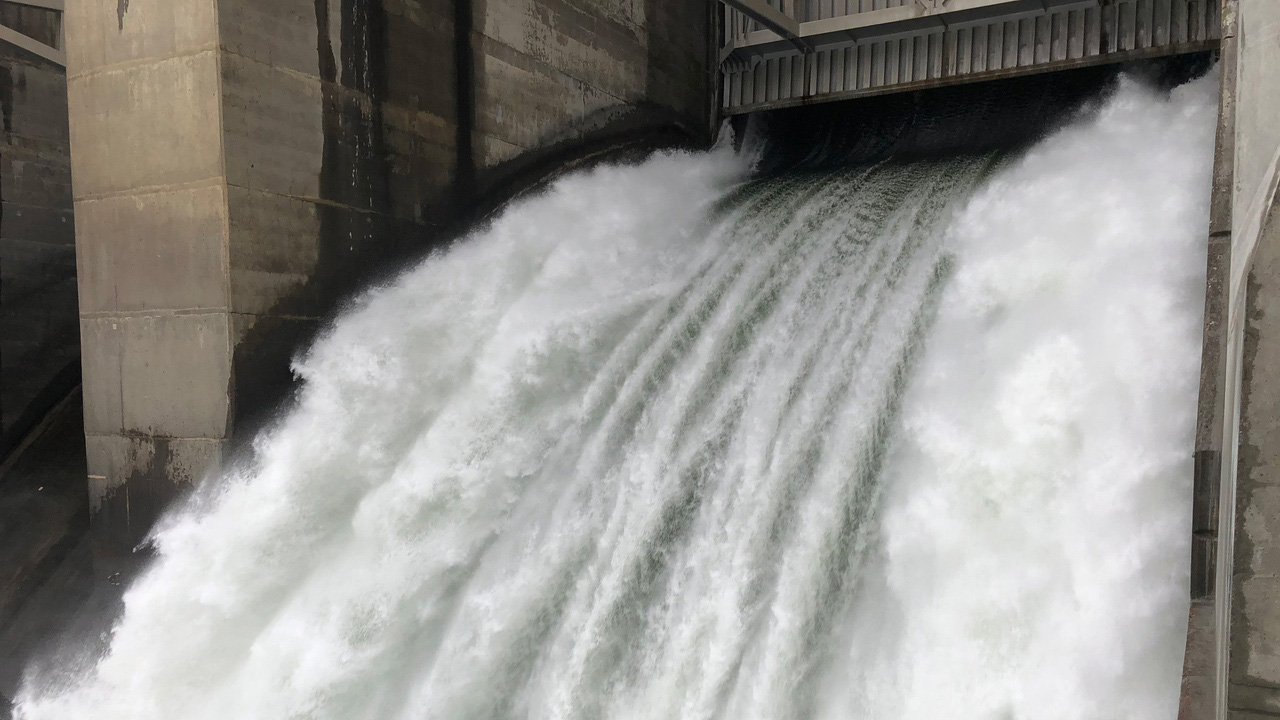Comment Re: CBB article of November 26, 2024, entitled “2024 Survival Rate Of Migrating Juvenile Salmon In Columbia/Snake Rivers? Hard To Say With Yet Another Year Of Low Detection, Tagging Rates.” https://columbiabasinbulletin.org/2024-survival-rate-of-migrating-juvenile-salmon-in-columbia-snake-rivers-hard-to-say-with-yet-another-year-of-low-detection-tagging-rates/
This article is misleading, incomplete, and factually erroneous.
It states, “Increased spill levels at Snake and Columbia river dams, along with lower water flow in the rivers, hampered the ability of scientists to tag and detect juvenile salmon and steelhead as they migrated downstream in 2024.” The implication is that current spill regimes, originally increased by court order but now reduced in an agreement with OR, WA, and Treaty tribes to stay litigation, are still too high. The assertion is that reducing spill further would allow better estimates of smolt survival.
This CBB article is simply inaccurate. The federal Fish Passage Center can and does measure survival now, with current spill levels. This is thoroughly detailed in at least two FPC memos, listed for public view on the FPC website:
1) 42-22-pdf: June 28, 2022, RE: Review of May 26, 2022, SRWG, USACOE proposed evaluation of 125% spill, draft “one page” proposal, study code HYD-S-23-1
2) 19-24 pdf: April 30, 2024, RE: Review of draft research summary proposal, “Evaluating the biological effects of increased spring spill proportions on juvenile migration and survival”
From page 2 of the first reference, see this summary statement: “Although the USACOE proposal presents the decrease in precision as the primary rationale for this proposal, no evidence is presented to support the contention [of reduced ability to estimate survival] and therefore the basis of the proposal. We conducted the attached analysis (pages 6-8) to evaluate the contention that higher spill proportions which resulted from the implementation of the stay of litigation operations reduced the capability to evaluate these operations. The attached data and analysis show that precision and sample sizes remained high in 2020-21 compared to prior years. The CSS/FPC design remains capable of testing the biological effects of increased spill.
From page 2 of the second reference: “The premise and stated need for this study is based on the erroneous assumption that high spill precludes the ability to monitor juvenile and life cycle survival. The premise that [new] acoustic telemetry studies are needed to assess reach survival and travel time because “The current spill program however has precluded the ability to make statistical comparisons across years to validate assumptions used in life-cycle models”, as stated in the proposal one-pager, is not valid. First, because the CSS continues to be able to estimate PIT-tag based reach survivals and SARs with precision, and second, because acoustic tag studies are fundamentally flawed so that results will not improve our understanding of the impacts of “the current spill program”.
Regardless of the FPC’s demonstrated and well-known ability to continue accurately measuring smolt survival, scientists know that smolt survival between dams isn’t the proper metric to evaluate the effectiveness of spill. SAR (smolt-adult return rate) is the far more meaningful metric. SARs (and adult salmon returns) have improved as spills have increased – even though ESA-listed salmon species and lamprey are still at risk in many watersheds like the Snake R basin.
The very low rate of transport (fish barging and trucking) reported in the CBB article is good news, not bad — along with news of fewer smolts detected using lethal dam bypass plumbing. Increased spill (up to 125% total gas saturation) increases salmon survival and adult returns. We should celebrate the modest success spill has achieved, not question it using inaccurate data and claims.
Tom Stuart, Boise

